Review of Inner Jaw Self-Treatment Tools
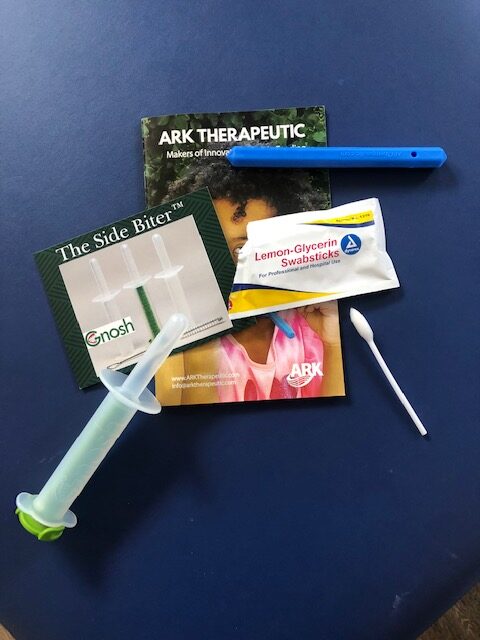
In the quest to offer more self-treatment options/solutions to patients with jaw-related issues (TMD, radiation-induced trismus), specifically for accessing the interior mandibular (aka pterygoid) region, I tested three products. From the perspective of treatment, placing a finger into the area between the ramus of the mandible and upper row of teeth and maxilla and gently holding the space is a frequently applied intervention. The intervention sequence is a part of the more extensive range of therapeutic options, including manual therapy and exercise. In applying this intervention, some use more aggressive soft tissue manipulation (ouch); I’ve used and taught a more subtle anterior to posterior light pressure to provide greater freedom of mouth opening and reduction in local symptoms. Patients are not always able/willing to get a finger into that space for carrying over at home. With severe mouth opening limitation (trismus) cases, placing a finger into the area is not attainable. Hence the quest for “tool” assisted self-treatment. Please note that none of these tools or devices has the intended purpose described here.
Included in my test were three readily available products:
- Lemon-Glycerin Swabsticks with plastic sticks
- Ark’s Mega Krypto-Bite Chew® XXT Blue
- Gnosh’s The Side BiterÔ (Level One, with no holes)
All products show variably sufficient flexibility to allow your patient to insert the tool into the mouth if the opening is limited. My criteria for this conclusion are sufficient lateral flexibility in the device to accommodate for lack of mouth opening. (In the absence of fibrosis or fascial scarring, which would limit buccal and lip region flexibility, such tool flexibility is not an issue, and the finger may be easily inserted.) The Ark Krypto-Bite Chew® was stiffer than the other two but seemed to have sufficient flexibility. The Gnosh’s The Side BiterÔ had impressive flexibility and a tip that was soft yet firm.
As far as size, the glycerin Swabstick was the clear winner. Its small size allowed access to even the tightest space and would seem a good choice for severe trismus cases.
Lemon-Glycerin Swabsticks: These items are very inexpensive and would be well suited for clinicians needing to dispense these products regularly. Rinsing the lemon flavor off the tip before use seems wise, given both the taste and increased saliva production of the lemon flavor. Overall, the swabsticks serve the purpose quite well. Given the wound cotton at the end of the tip, they would seem to be one-use only to avoid the cotton wearing away and to avoid having the end of the plastic stick poking into what might be areas of reduced sensation. The smaller diameter of the cotton end limits the progression of a self-stretch into lateral shearing, though as early intervention or for small mouths could suffice. If swabsticks with wooden sticks still are sold, I would find this unsuitable as it would serve as a potential hazard if the stick snapped.
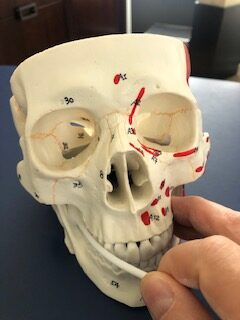
The Gnosh The Side BiterÔ: I purchased the option with no holes. It offered a nice mix of flexibility and softness at the tip while still sufficiently stiff to not deform under the posterior pressures. The product is reusable and would be an excellent option, especially due to its larger diameter than the swabstick. That larger diameter would give a more challenging stretch to the inner jaw region into lateral shearing as the nervous system accommodates, adapts, and relaxes.
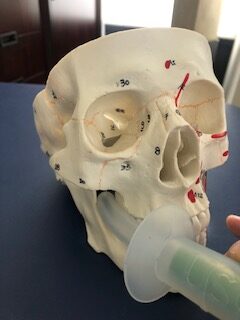
The Ark Krypto-Bite Chew®: When ordering, I arbitrarily chose a stiffer model (XXL, Blue), which may have impacted my personal comment about the stiffness. It was the firmest of the three tested products and had the largest diameter, making it less suitable for more severe mouth opening issues. It might be possible that one of their softer available options would have been more appropriate. Its hexagon shape also seemed less comfortable than the round tip on the other two products. The longitudinal stiffness, coupled with a softer version, may work well for the purposes intended here, though the diameter might be a problem.
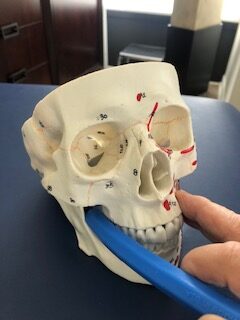
All three products allow for movement and chewing to be incorporated into the self-care routine. The purpose of the stretch is not for the patient to chew on the product but chewing (and a range of movements) while inserting a finger into the space (for clinical intervention) or tool insertion (for self-treatment by the patient), which will allow a more function-based intervention. The goal is to improve or maintain mouth opening, reduce pain and jaw clicking, allow a greater sense of ease, and promote relaxation throughout the facial region. The singular use of any of these products may be sufficient for TMD issues. Still, it should be part of a more extensive range of interventions for trismus, including manual therapy and active/resistive exercise. Though seen as a separate intervention and underlying mechanism of action, externally applied jaw opening tools may be seen as similar and complementary to manual therapy interventions. Cheek region stretching, often easily accomplished by the patient, is also a necessary aspect of post-radiation self-care.
Disclosures: I receive no financial or non-financial disclosures to disclose. All products were purchased for testing. The use of any of the tools mentioned above or techniques should be performed only with and under the supervision of a suitably trained and licensed health professional.
Walt Fritz, PT
Foundations in Manual Therapy Seminars
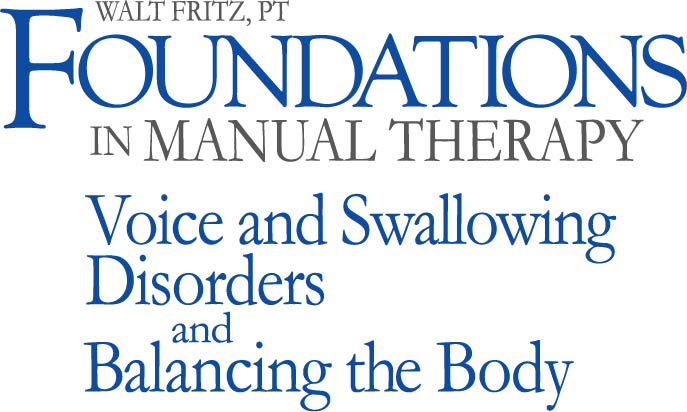
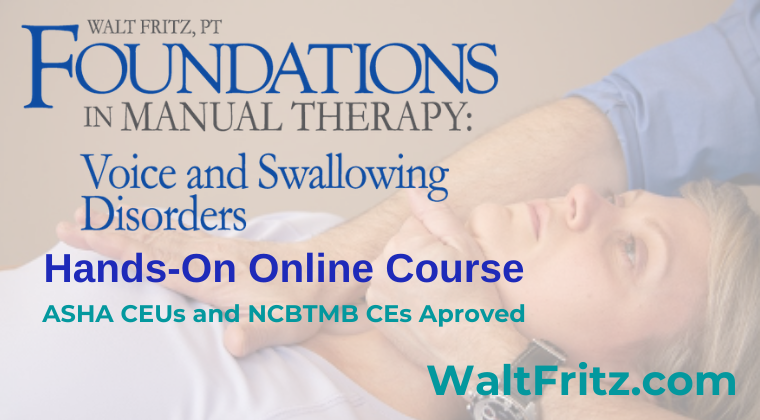

Sorry, comments are closed for this post.